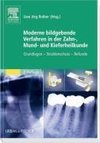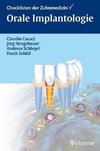
-
 Anglický jazyk
Anglický jazyk
Antimicrobial activity of Propolis, HEBP, Chlorhexidine,EDTA
Autor: Amrut Bambawale
The aim of this in vitro study was to compare the antimicrobial efficacy of 2%Propolis, 6%HEBP , 17%EDTA and 2 % Chlorhexidine against Enterococcus Faecalis and Candida Albicans .The method employed for this procedure was the Agar Cup Method ,using Sterile... Viac o knihe
Na objednávku
50.85 €
bežná cena: 56.50 €
O knihe
The aim of this in vitro study was to compare the antimicrobial efficacy of 2%Propolis, 6%HEBP , 17%EDTA and 2 % Chlorhexidine against Enterococcus Faecalis and Candida Albicans .The method employed for this procedure was the Agar Cup Method ,using Sterile Brain Heart Infusion Agar for Enterococcus Faecalis and Sterile Sabourauds Agar for Candida Albicans.After the Incubation period, the mean zones of inhibition were observed and noted the standard mean deviation was derived for samples containing Enterococcus Faecalis and Candida Albicans . For samples containing Enterococcus Faecalis ,the standard mean for Propolis , HEBP, Chlorhexidine and EDTA was 15.33mm,23.00mm,19.66mm and 21.00mm respectively . For samples containing Candida Albicans ,the standard mean for Propolis, HEBP, Chlorhexidine and EDTA was 13.33mm,20.33mm,22.00mm,and19.33mm respectively . It was observed that though Propolis showed a good antimicrobial activity the highest was shown by HEBP.This study indicates that while Propolis may not be as promising as previously believed, HEBP has good potential to be commercially viable as a root canal irrigant if it shows good performance in invivo clinical trials .
- Vydavateľstvo: LAP LAMBERT Academic Publishing
- Rok vydania: 2020
- Formát: Paperback
- Rozmer: 220 x 150 mm
- Jazyk: Anglický jazyk
- ISBN: 9786202922104
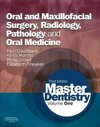
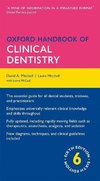


 Nemecký jazyk
Nemecký jazyk 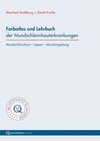
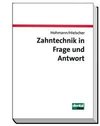

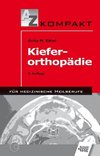
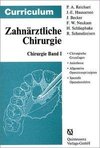

 Španielsky jazyk
Španielsky jazyk 
